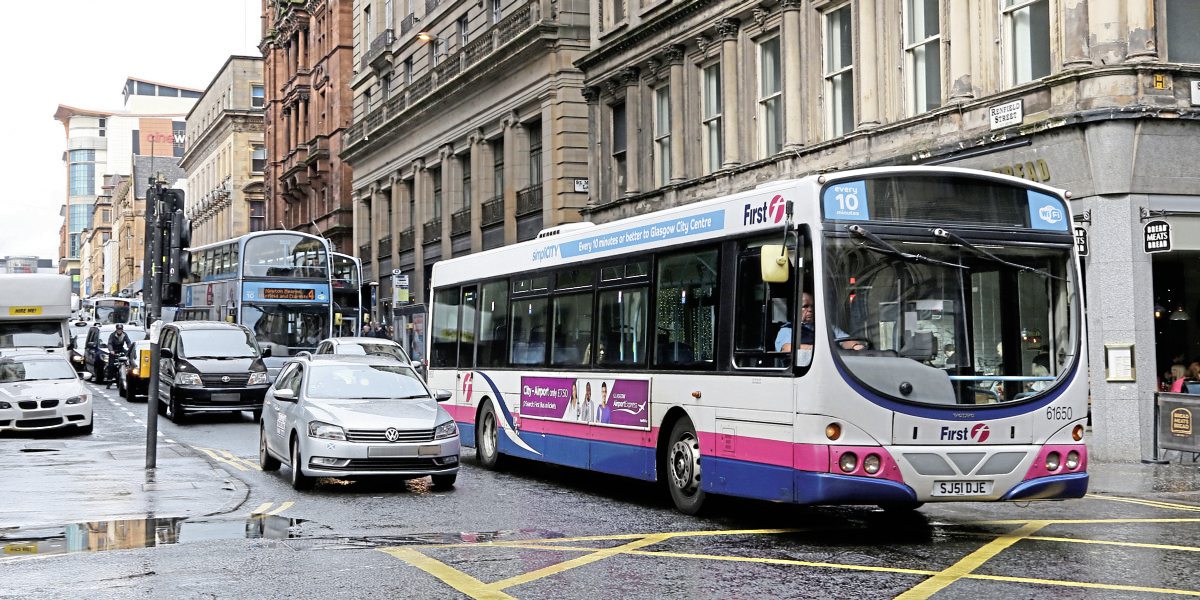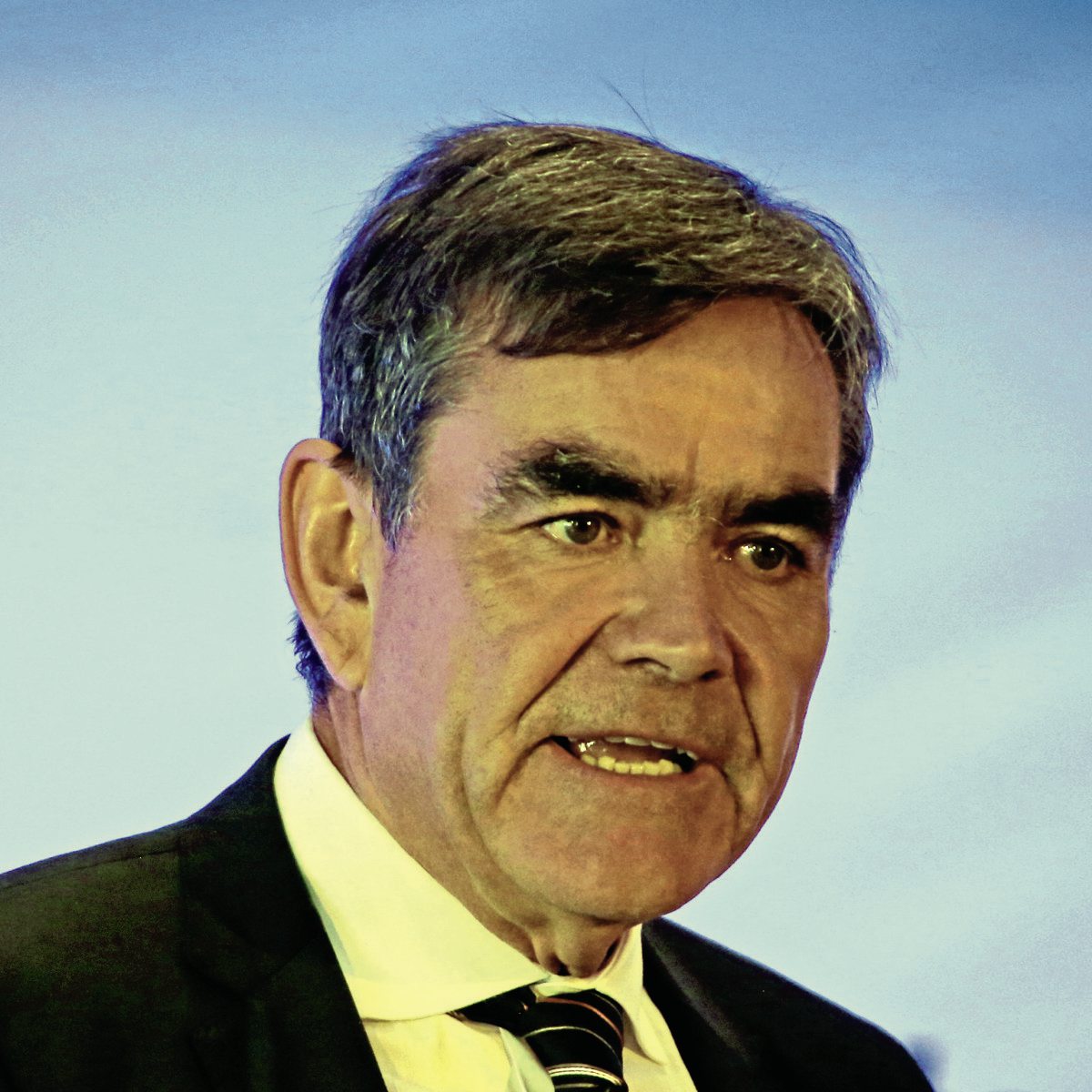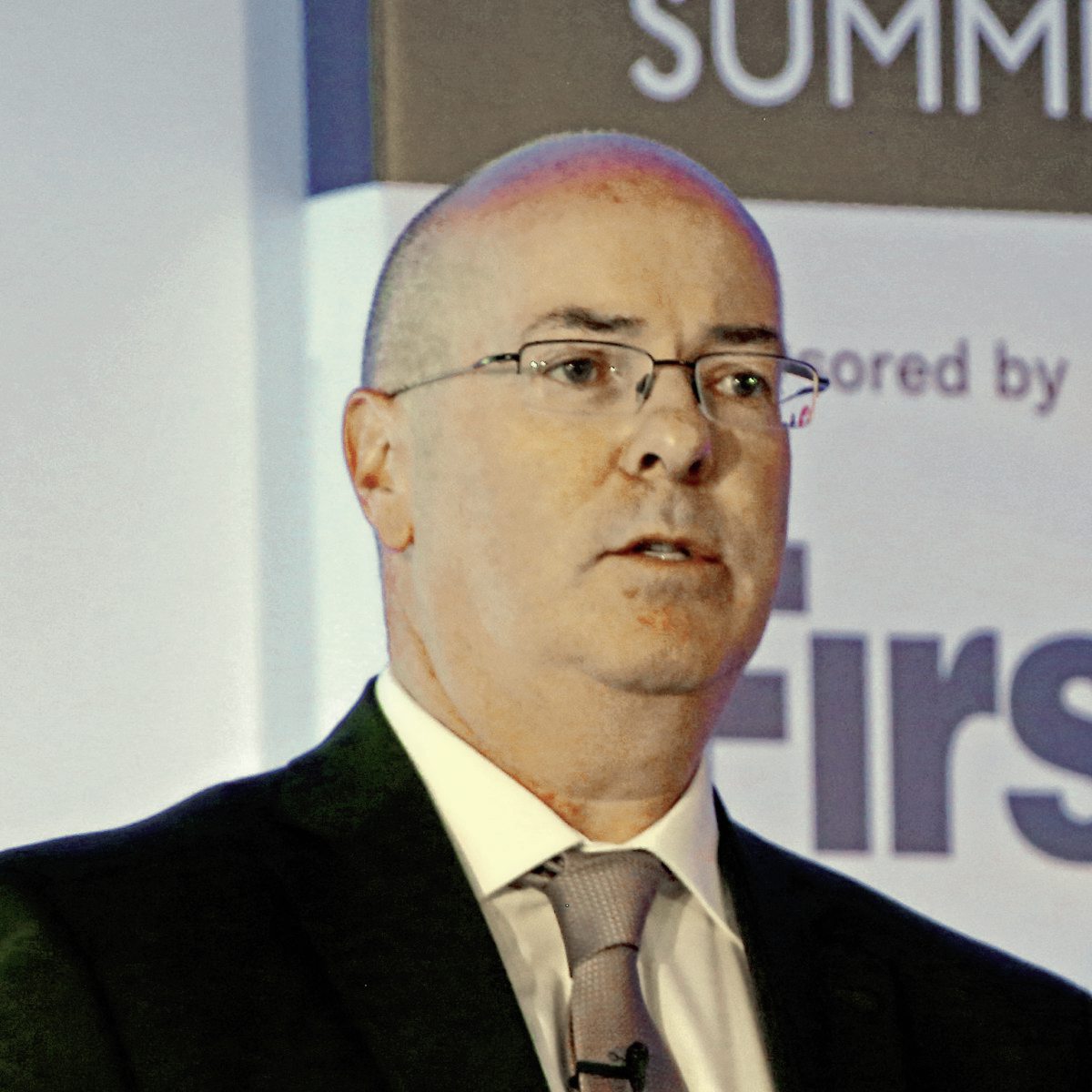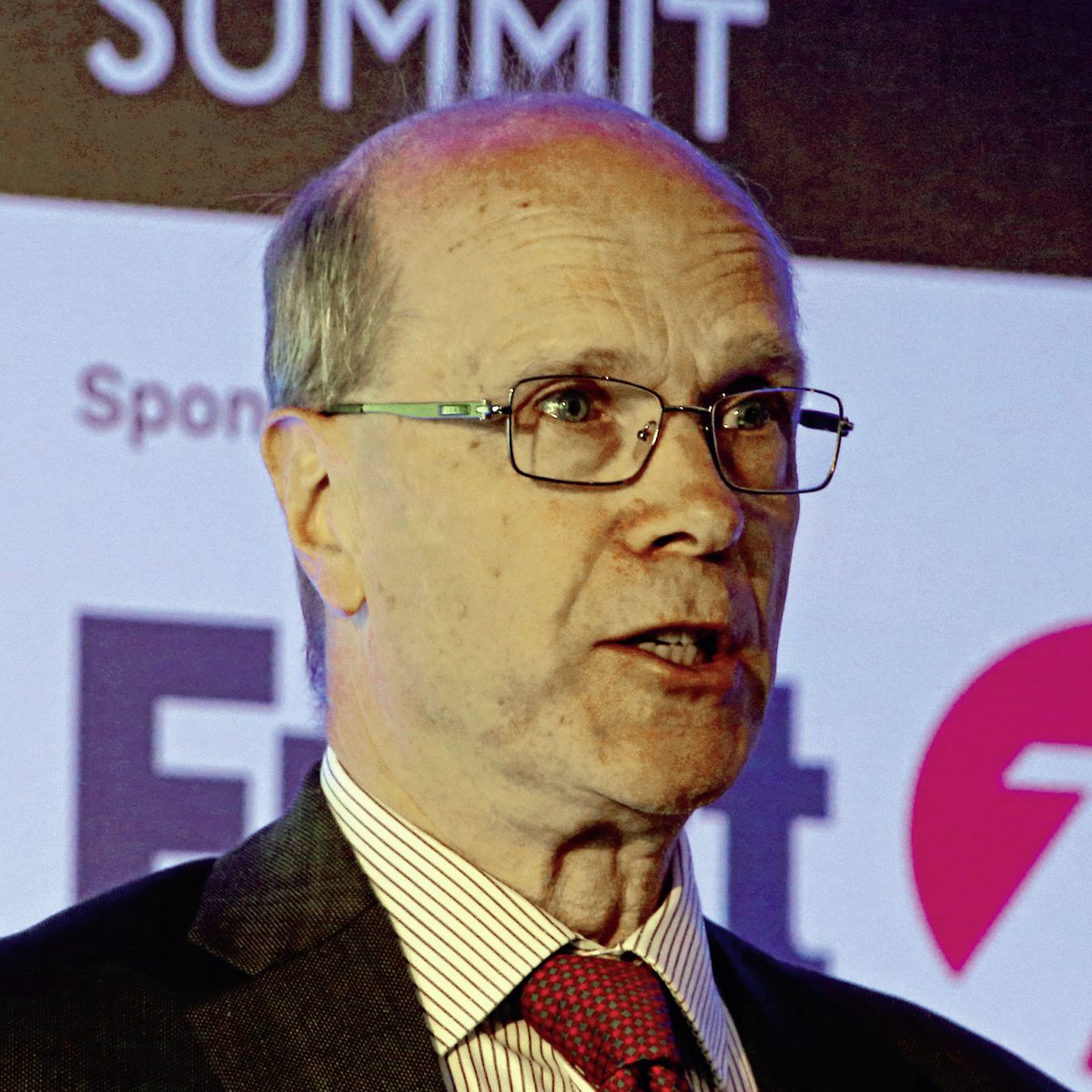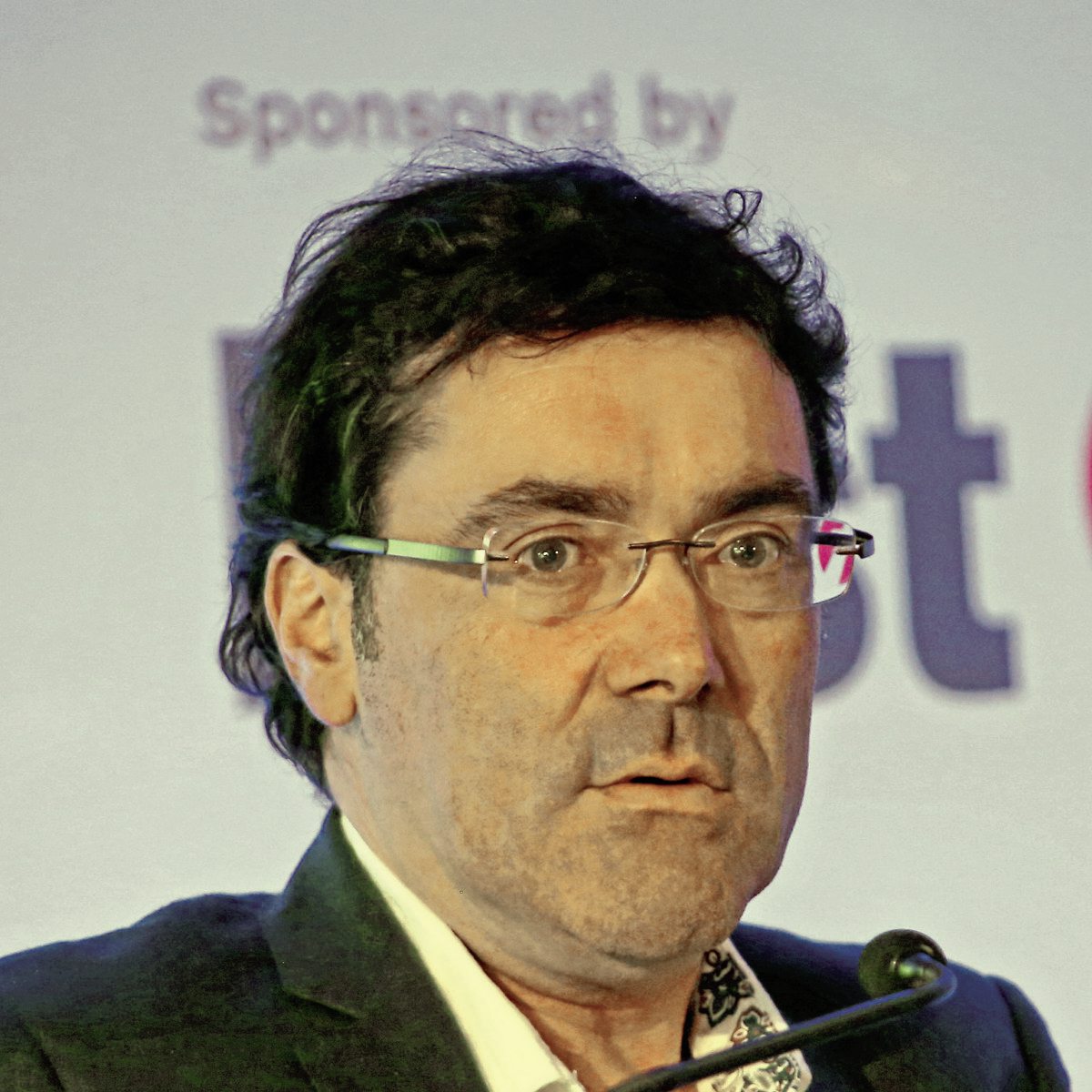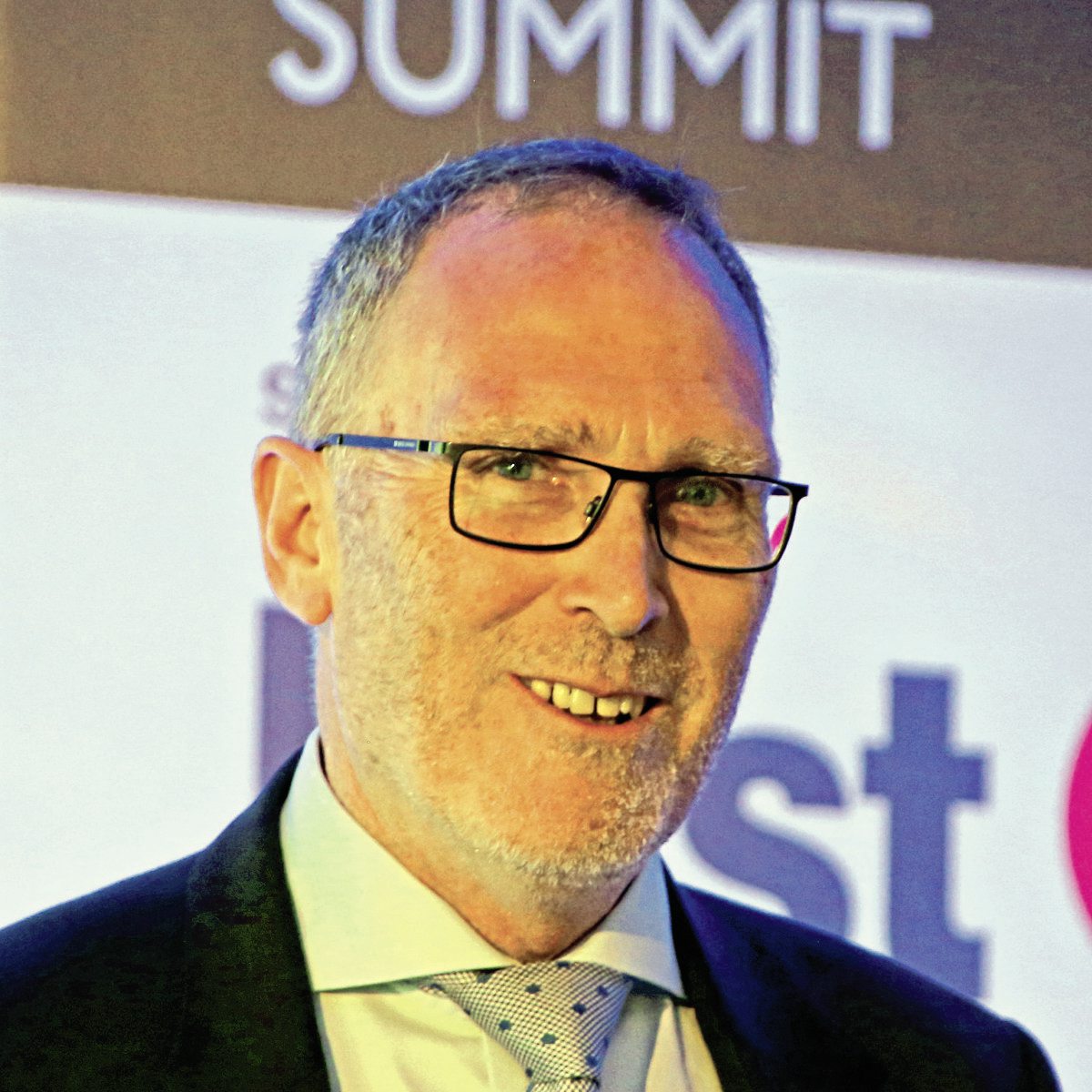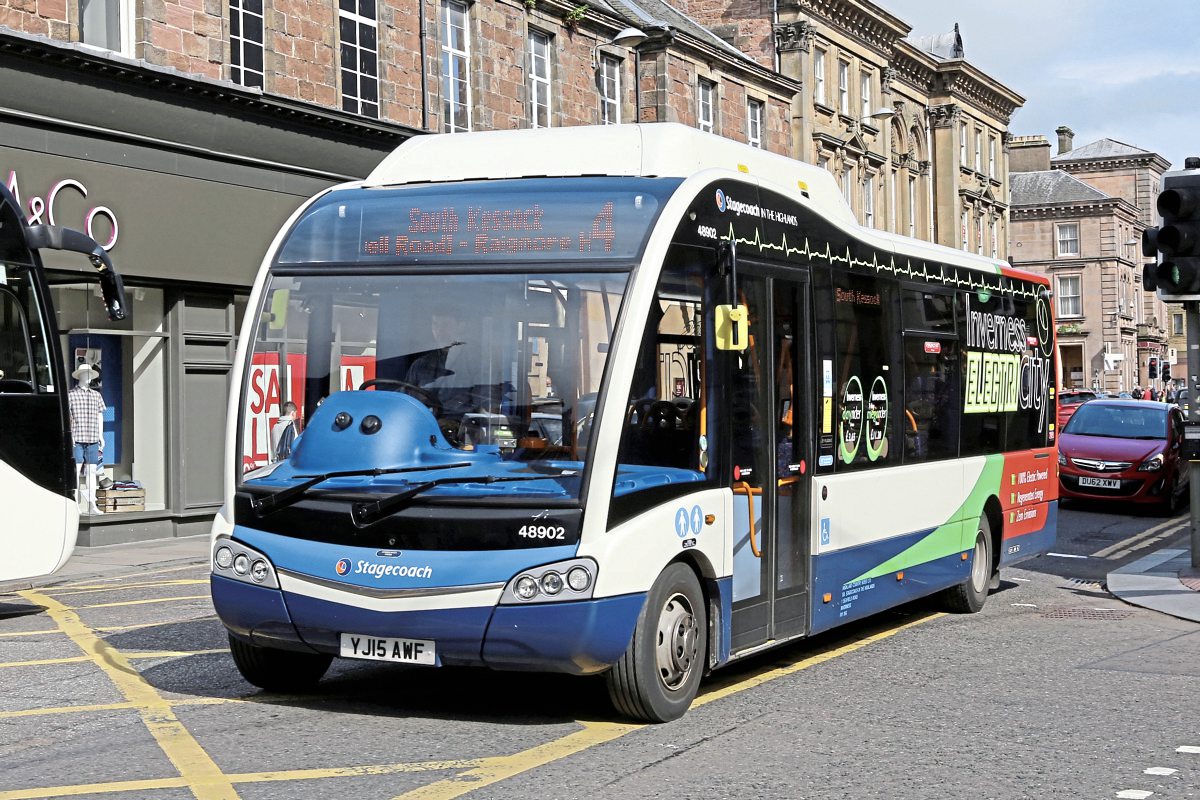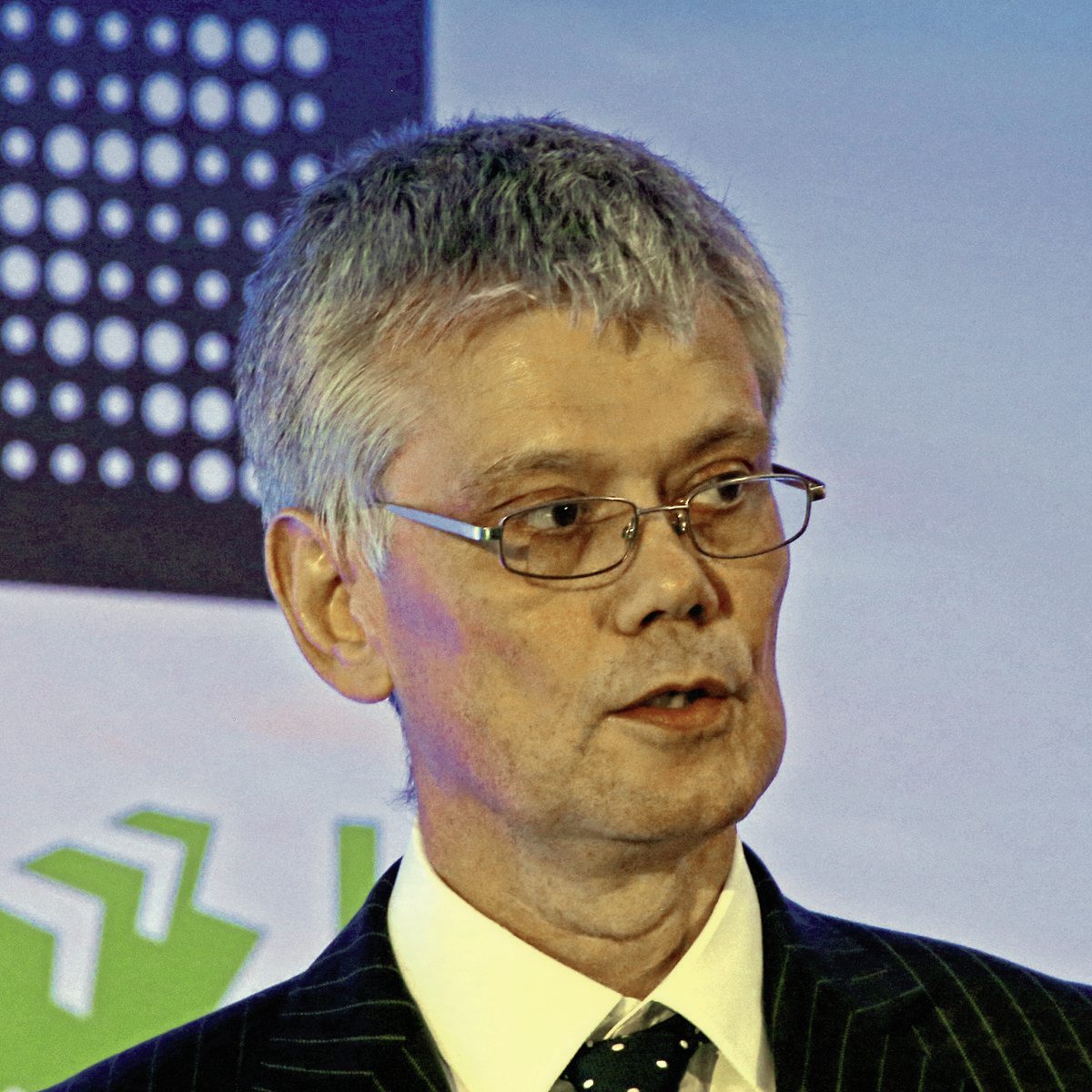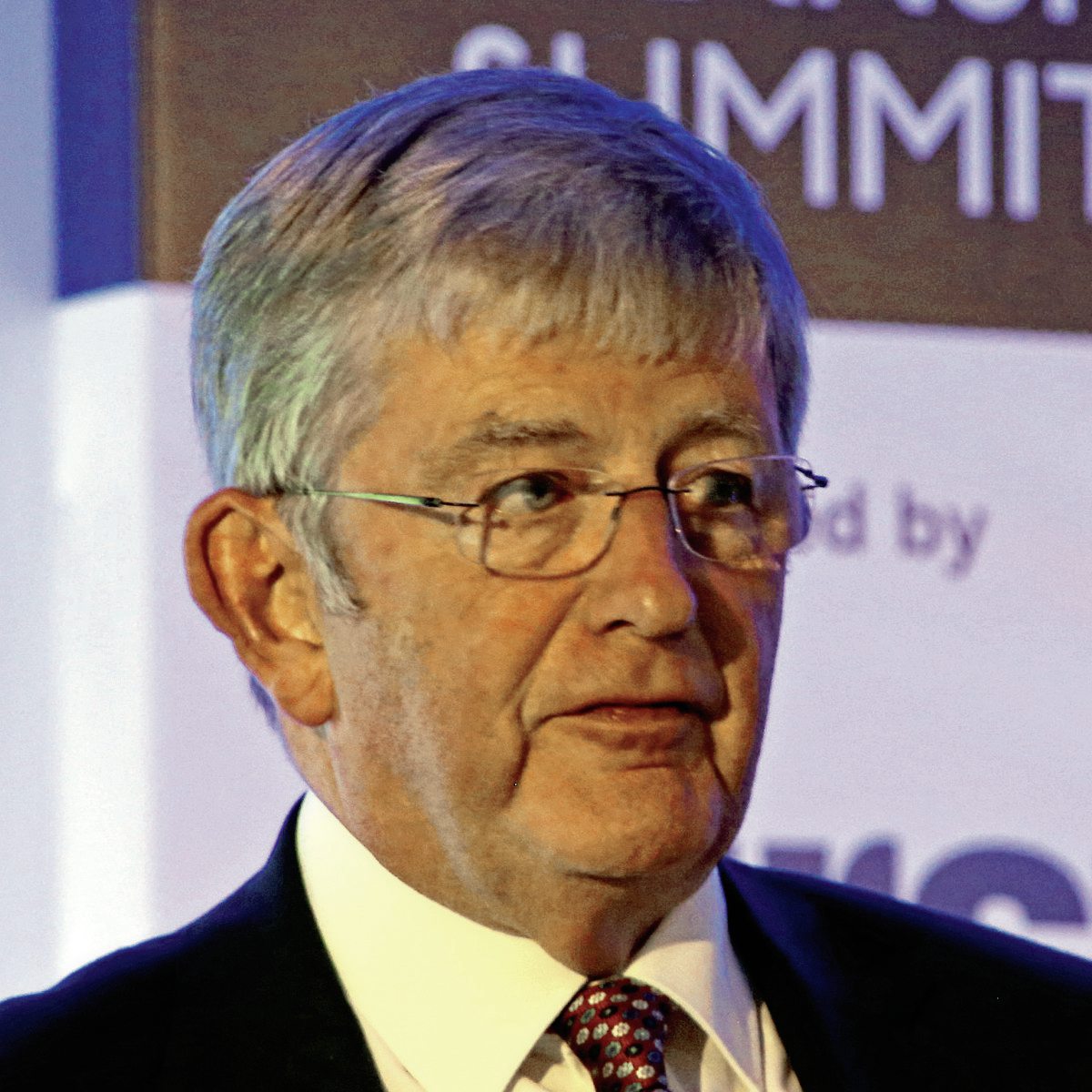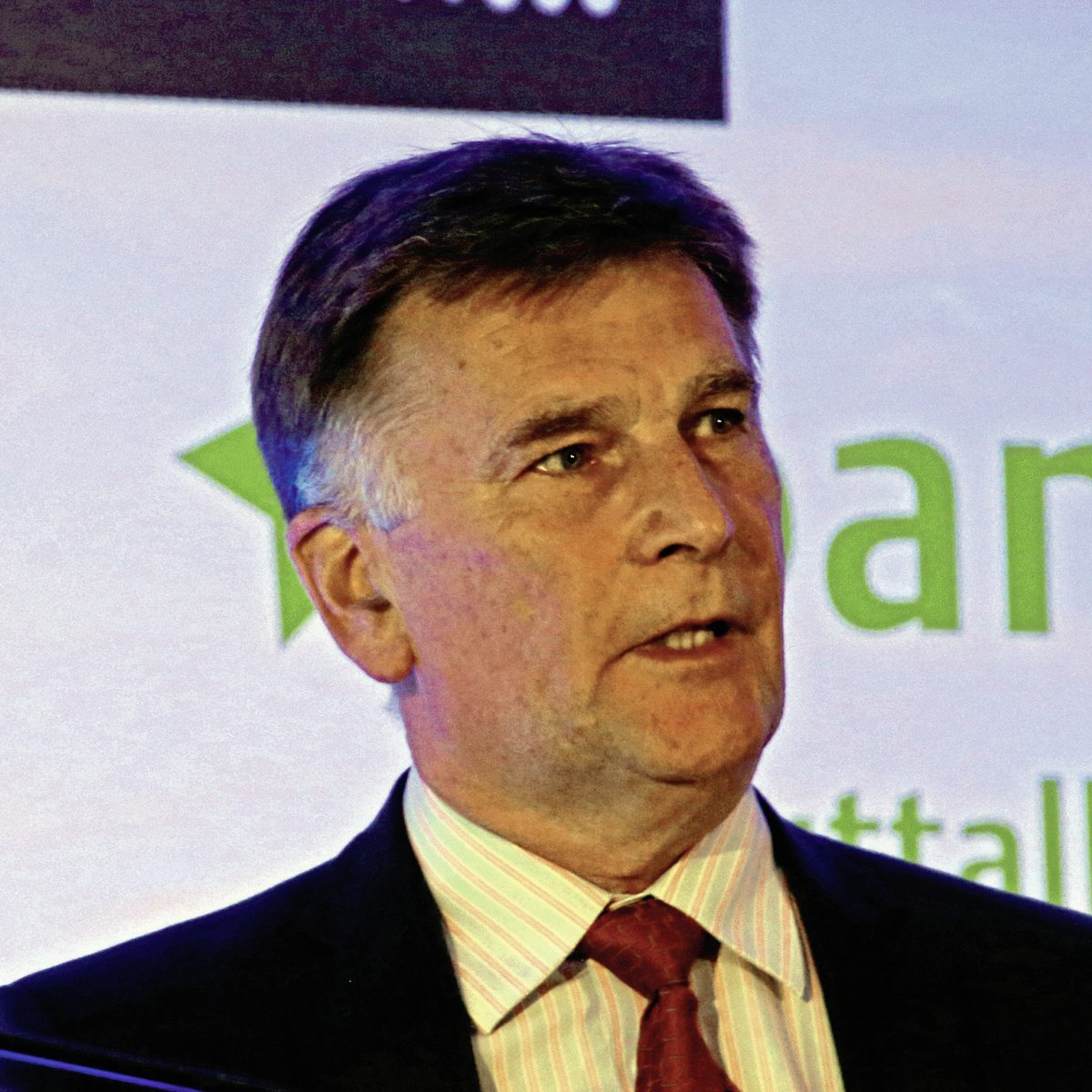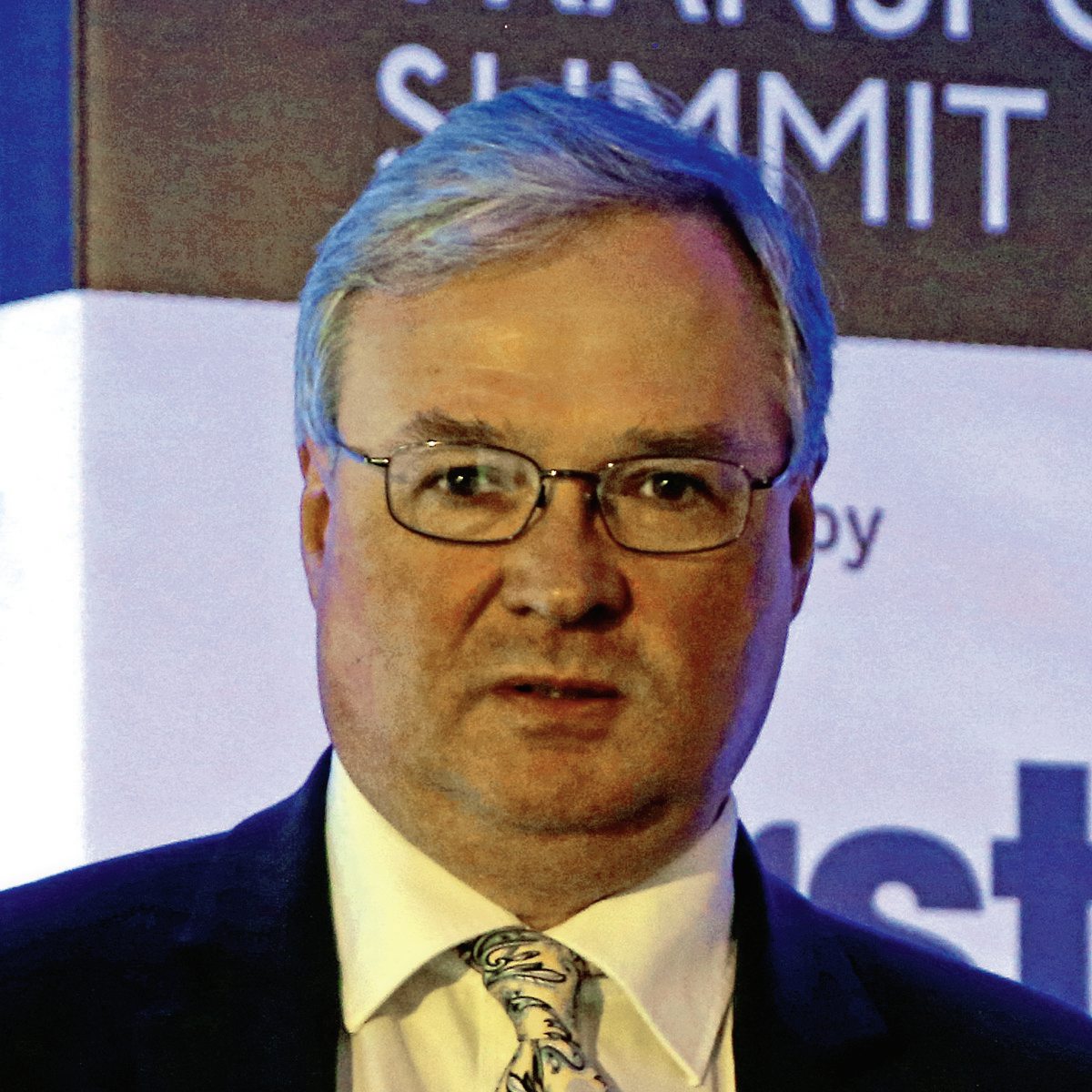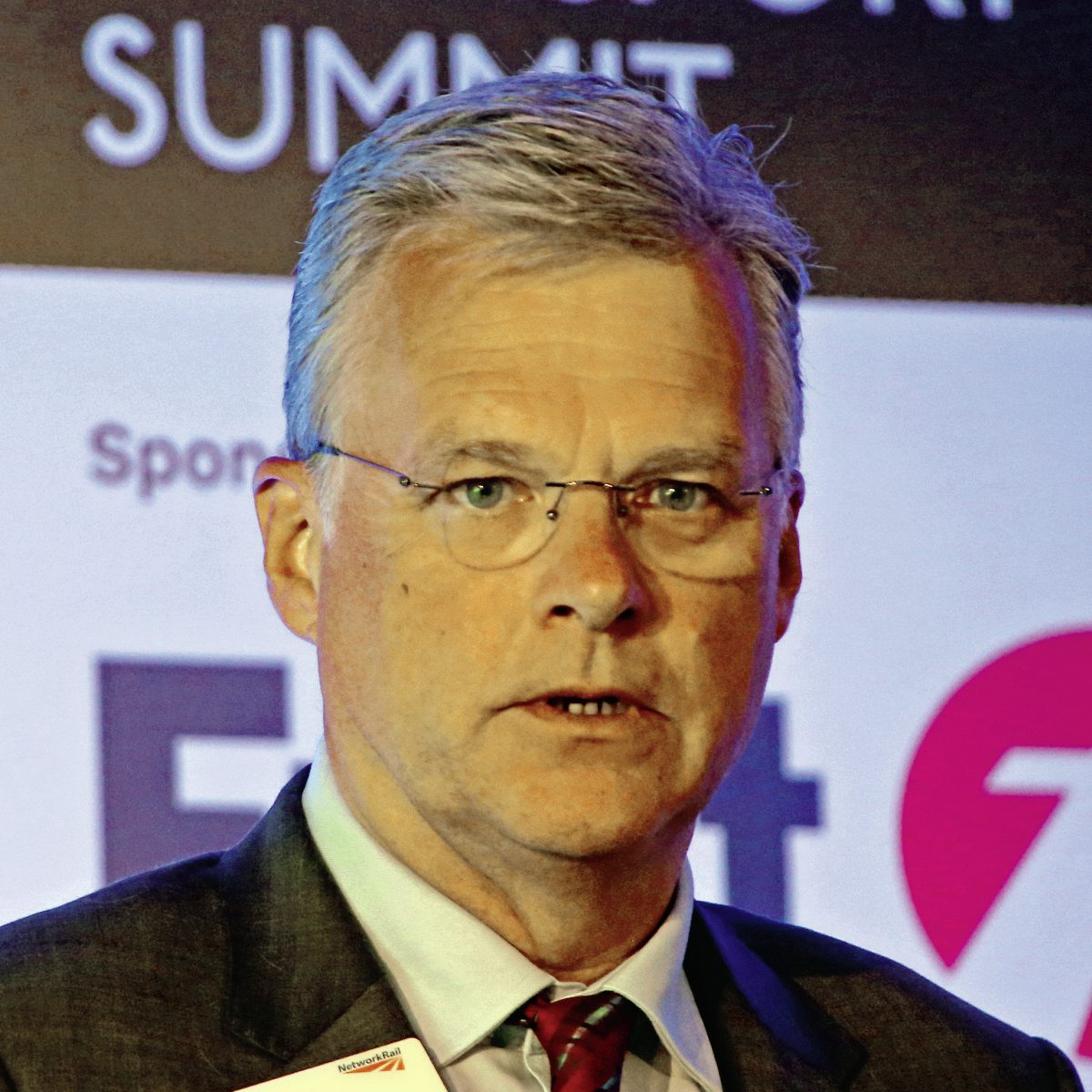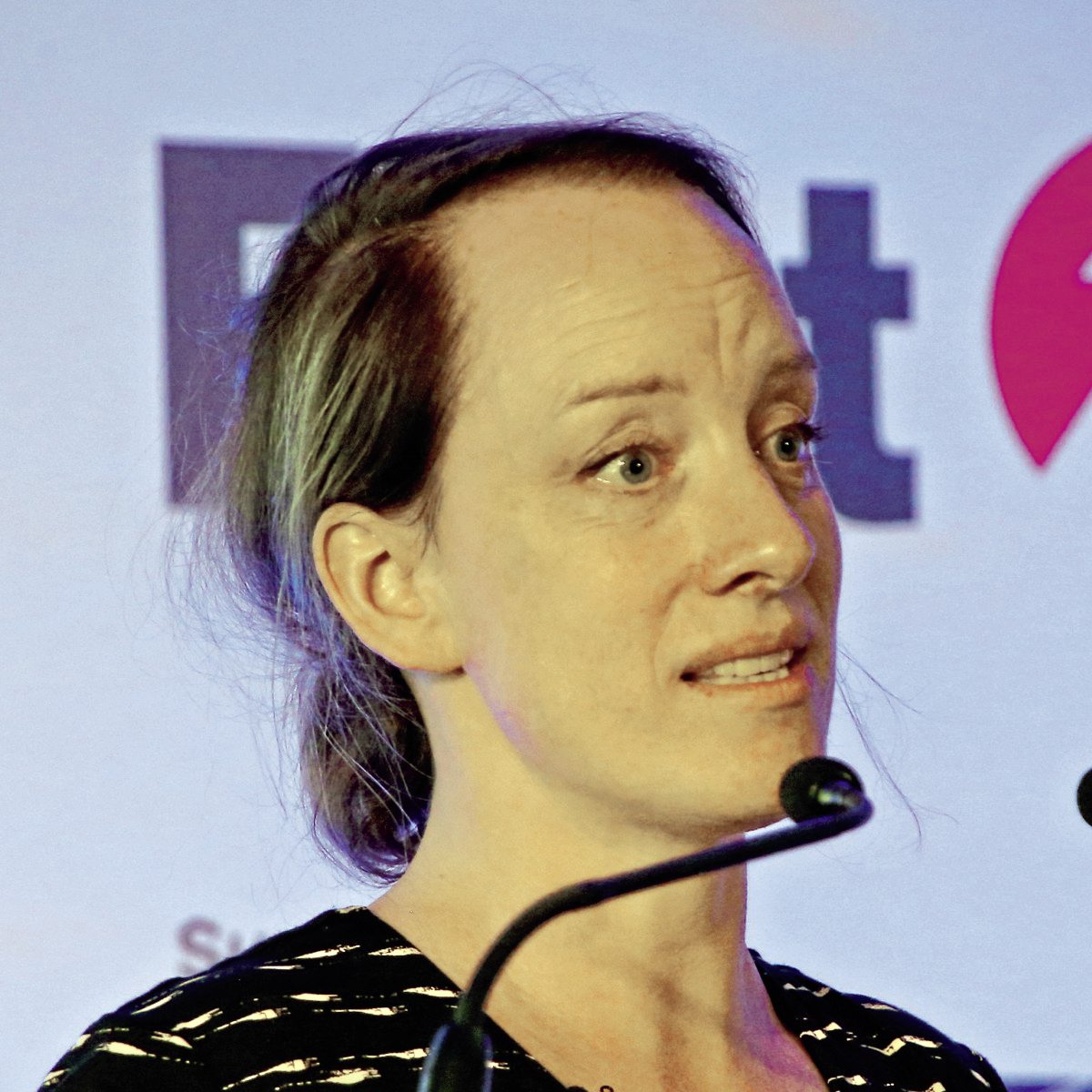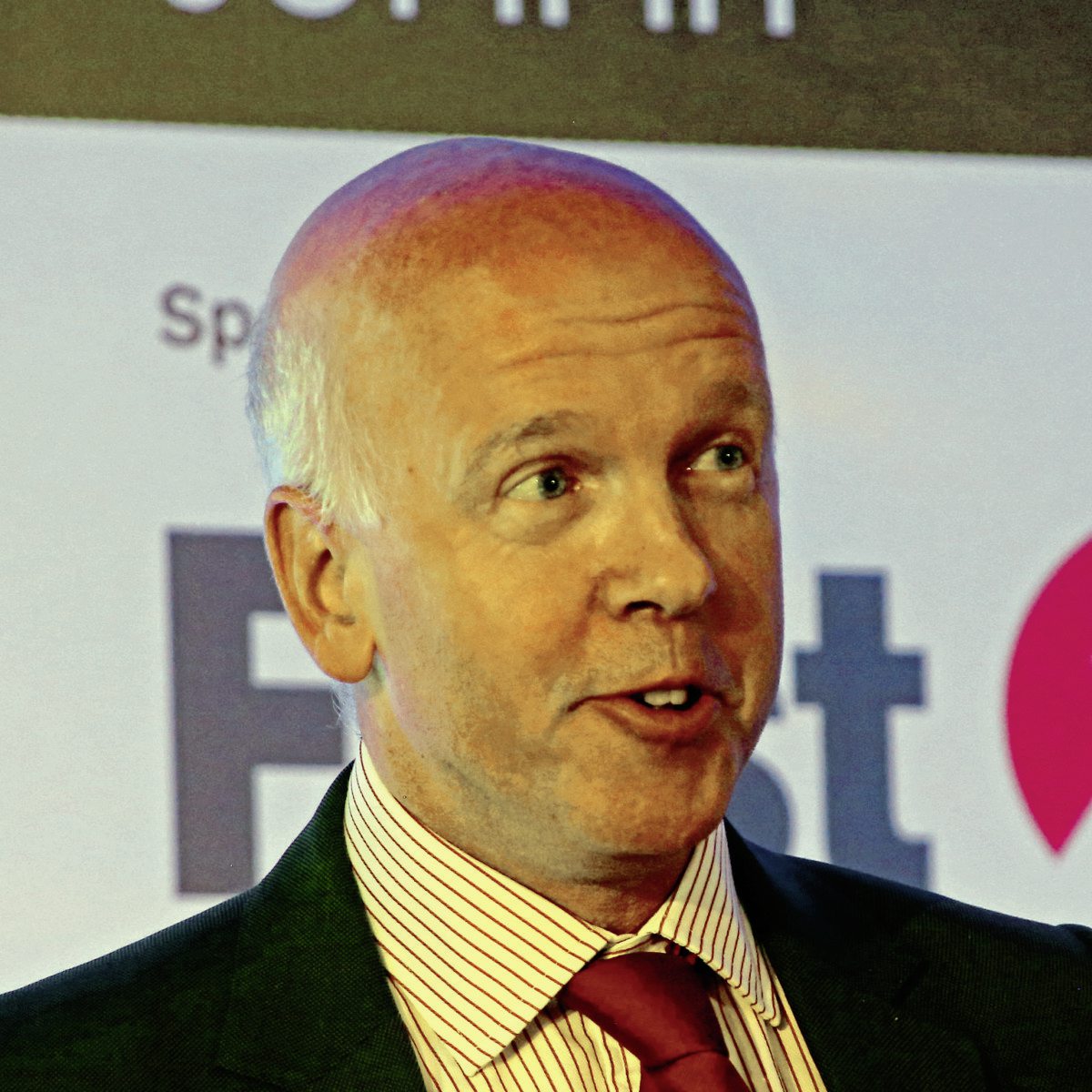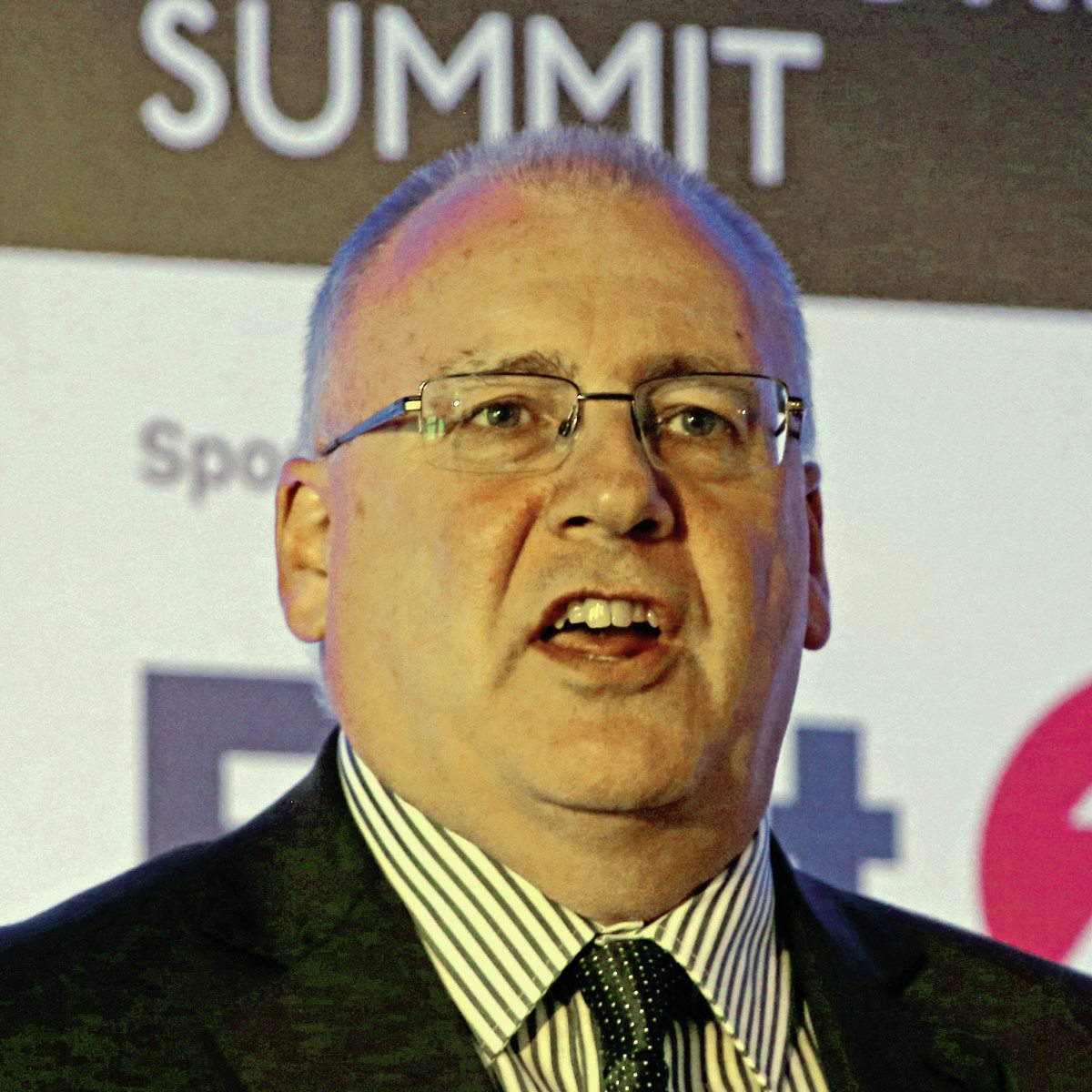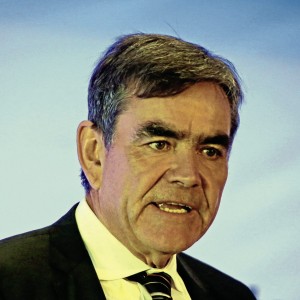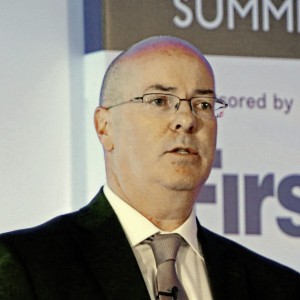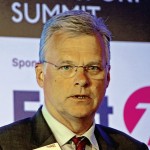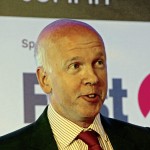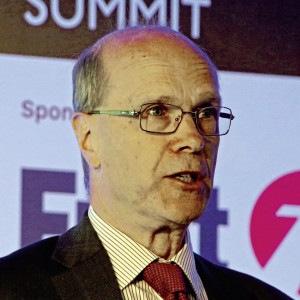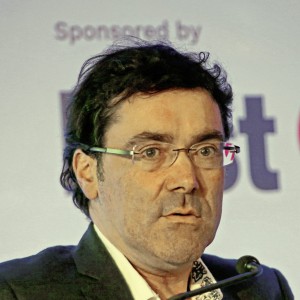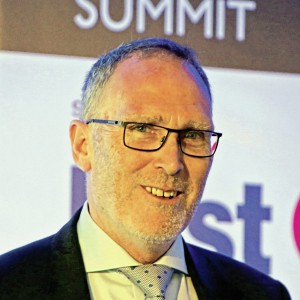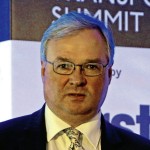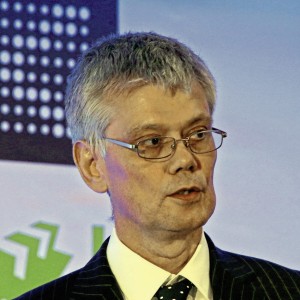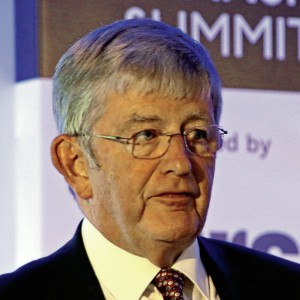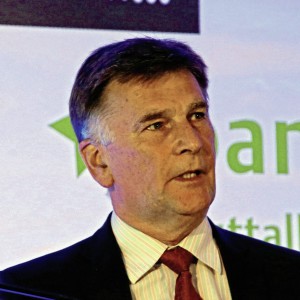Scottish Transport Summit 2017
Delegates heard positive stories across many modes but is the bus getting left behind?
In the heritage Grand Central Hotel above Glasgow’s Central Station, transport professionals across all modes gathered for the first Transport Times summit to be held in Scotland for ten years.
Some 150 delegates represented operators, local and national authorities, customer organisations, construction and the support services sector at the event sponsored by First, Optare, Cubic Transportation Systems and BAM Nuttall with support from The Scottish Government and Transport Scotland.
The day was moderated in inimitable style by Transport Times Chief Executive, David Begg who saw, ‘such a positive transport story coming out of Scotland.’ This was based on the apparent success of projects such as the Borders Railway which was something he could not see happening elsewhere in the UK. He tempered this with an early warning though, the cost of motoring was becoming very cheap and this was having a worrying effect on bus patronage.
Unfortunately, at the last minute, the keynote speaker, Scottish Transport Minister, Humza Yousef MSP was called away on Parliamentary business leading to the two morning sessions being combined under the chairmanship of Professor of Public Policy and Governance and Head of Management, University of Glasgow Adam Smith Business School, Prof. Iain Docherty.
Roy Brannen
The event’s keynote speech was therefore delivered by Transport Scotland Chief Executive, Roy Brannen, combined with his input to the second session on the role of transport in boosting the economy.
Setting the scene, he referred to Transport Scotland having a budget of £2.3m, split approximately 50/50 between capital and revenue. The bus stood out in his graphics of public transport usage with 76% of journeys, however the next graphic showed a worrying decline in bus journeys compared with significant increases in rail and, disturbing from a congestion point of view, light van journeys.
The presentation then focussed on successes in rail and the delivery of major trunk road improvements for which Transport Scotland was directly responsible. The M8 completion project had recently been delivered, the third Forth crossing was close to completion and major work was in progress on the A9 dualling in the Highlands and the Aberdeen West Peripheral Route. He considered these to be enablers to unlock the potential for business in these areas. Transport was also an enabler for many of Scotland’s key industries including whisky, foodstuffs, tourism and construction. Transport Scotland’s role was also diverse and included significant investments in areas such as electric vehicle charging points, canals and the inclusion of the country’s 94 inhabited islands.
Transport Scotland is developing a National Transport Strategy for Scotland which is due to be published in draft in January 2019. A collegiate approach has been adopted to its development and delegates were encouraged to make contact and participate.
Roy’s presentation was followed by rail focussed inputs from Chief Executive Network Rail, Mark Carne; Programme Manager, Borders Railway Blueprint, Sam Smith and Director, Transport Economics, Systra, Alan Beswick. The usage results from the Borders Railway were referred to positively although no mention was made that much of the ‘generated’ traffic was abstracted from local bus routes, undermining the viability of the local bus network.
It was in the subsequent question and answer session that the case for the bus was put strongly based on the relative numbers of bus versus rail passengers and the opinion that bus passengers’ time was undervalued in project developments. There was also a crossover for the bus between the NTS and local plans so there needed to be engagement with communities on how the current £250m revenue funding allocated to bus could be best spent.
‘Re-thinking the customer experience’ again opened with a rail-based presentation from Serco Caledonian Sleeper, MD, Peter Strachan but then switched firmly to the issue of bus which had featured little in the morning session.
Giles Fearnley
Referring to the challenge facing the bus, Managing Director UK Bus, First Group, Giles Fearnley described it as ‘swimming against a strong tide.’ The bus accounted for 410m passenger journeys a year in Scotland, nearly five times as many as the train, but the average public support was just 26p per journey compared with around £8.10 per train journey.
The bus, however, has much more potential through simplifying the product to make it easier to use and take out the barriers feared by non users. Taking Aberdeen as an example, over 20% of passengers were using mobile ticketing, SMART ticketing in the form of the Grasshopper multi-operator travelcard was available and stage one of contactless payment, replacing cash fares, had recently been rolled out. Across Scotland, the industry was investing in new ticket machines to facilitate progress.
Turning to vehicles, there had been rapid advances in both customer facilities and under the bonnet, the latter receiving some support from continued rounds of the Scottish Green Bus Fund. Fleets in Scotland were ahead of the rest of the UK in Euro6 content, approximately 20% (500 vehicles) meeting and delivering the standard.
‘Work towards the virtuous circle or sink rapidly into a vicious one’. – Giles Fearnley
In terms of operations, the move to remove cash transactions on bus provides the opportunity to significantly reduce dwell time at stops, speeding up journeys and releasing resources to increase frequencies in a virtuous circle. The fear is, however, that the benefits will be lost through the further impact of congestion, Giles citing published figures of 3.5mph (and anecdotally now as low as 2mph) on parts of some routes through Glasgow city centre.
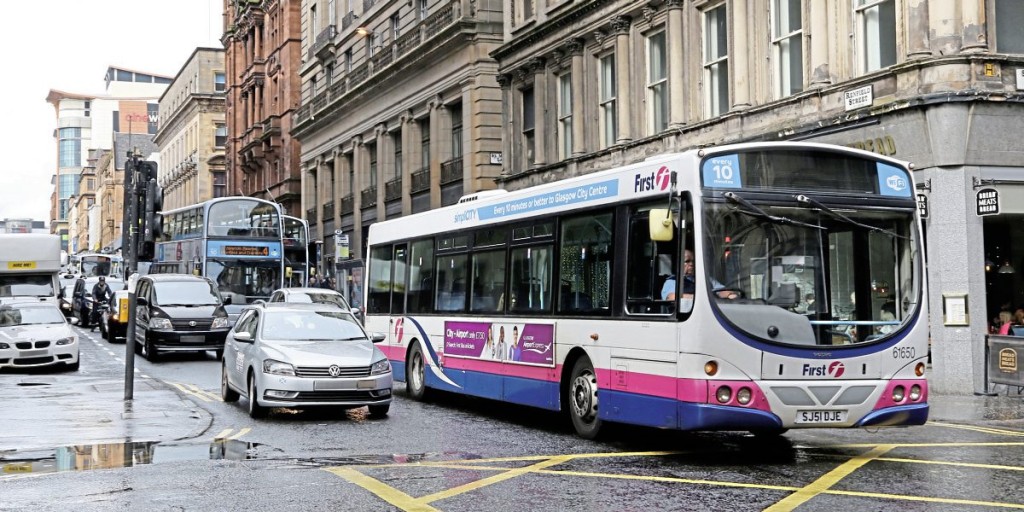
Traffic congestion has significantly reduced bus speeds in the centre of Glasgow. Vehicles edge their way down Renfield St
The challenge was to ‘work towards the virtuous circle or sink rapidly into a vicious one.’ The bus was able to adapt rapidly and potentially the issue of air quality could be a rallying call to all parties to ‘treat the bus as a friend of the city centre.’ Customers needed a resilient operation with predictable and acceptable journey times.
Giles stated strong partnerships were key and improvements can be best delivered through the current commercial structure, which puts risk where it naturally sits. The issue was also too urgent to do any other way!
Prof. David Begg
The bus was also at the forefront of the presentation by Chief Executive, Transport Times, Prof. David Begg who sought to identify why the bus appeared to be getting left behind. It was essential for the strength of city economies and social inclusion but received scant coverage in mainstream media compared with rail and car users. In many places, he considered that bus users are not normally opinion formers.
Looking back at previous attempts to solve the congestion problem, David reviewed the failure to introduce road charging in various forms and expressed concern about the concept of ‘building a way out’ through new road schemes. It was a politically tough area, the public didn’t want road pricing, motoring costs were relatively at rock bottom and there was no solution to increasing traffic congestion as the economy grew.
The figures presented showed an overall decline in Scotland’s bus patronage of around 12% over the past decade, driven mainly by the lower cost of motoring: each additional car took away some 365 bus journeys per annum and the number of cars had risen by some 20,000 over the period coupled with a one third decline in motoring costs. The patronage change varied across Scotland, rises in the Highlands and Islands contrasting with a steep decline in the south west predominantly due to the increase in bus journey times in Glasgow.
In previous commentary on the issue, David had considered that traffic speeds would reach a floor level, however he now thought there was no longer a floor as the growth of white van operations increased in impact.
Looking forward, he reiterated his message that congestion was a disease that would destroy the bus sector and offered little hope of political attitudes changing, ‘I don’t see the appetite for increasing bus priority and increasing the cost of motoring.’
John Hill
Cubic Transportation Systems are a significant supplier of systems and hardware to transport networks, particularly rail. Their Senior Account Director, John Hill looked towards the future of smart ticketing systems across modes. He referred to the great success of the magnetic stripe rail ticket which delivered a consistent image across the country, however it was data poor and subject to fraud with its success being due to the raft of commercial agreements that sit behind it.
For the future, there needed to be multimodal, single-account tickets which would sit alongside a good planning system to deliver Mobility as a Service (MaaS). One of the challenges for this was ‘who was going to deliver the vision’ in a similar manner to TfL had with Oyster. Would operators or local authorities take on the commercial responsibility of collecting fares and delivering payments? Or would some organisation without transport at its core, such as Amazon or Google, see it as an opportunity and step in.
In the subsequent question and answer session, the question of bus priority on motorways was raised. This was already in place in a low-tech manner at Queensferry and Roy Brannen saw no reason why it should not be done elsewhere. He suggested asking operators about congestion hotspots as part of the NTS development although these were mainly on the local roads networks rather than the trunk roads for which Transport Scotland was responsible.
The fourth and final session brought together various aspects under The Future: green, integrated, digital and uncertain. The first speaker was Director of Rail, Transport Scotland, Bill Reeve, who, despite his title, took a wider view of the situation in Scotland looking at the investment in emission reductions through rail electrification and green bus funding, and the introduction of ITSO compliant smart card systems across Scotland. Reflecting Scotland’s geography, ticket information is stored on the card rather than in the back office to cope with areas where there is no communication.
Robert Drewery
‘A green future is an electric future’ introduced Commercial Director, Optare, Robert Drewery’s presentation on the development of electric buses by the company. The first production vehicles now had some six years operational experience and were delivering 95% availability in locations as diverse as London, York and Inverness.
Battery development and reliability was advancing rapidly and real time telematics were providing valuable insights such that Optare is now able to offer a five year bumper to bumper warranty on the vehicle. The electric bus charging process is much more sympathetic to the battery than hybrid operation but there is still the need to ensure that the battery is looked after during the overnight charging process. The opportunities for a static second life for the battery are growing and this is an area that Optare will be looking to exploit further.
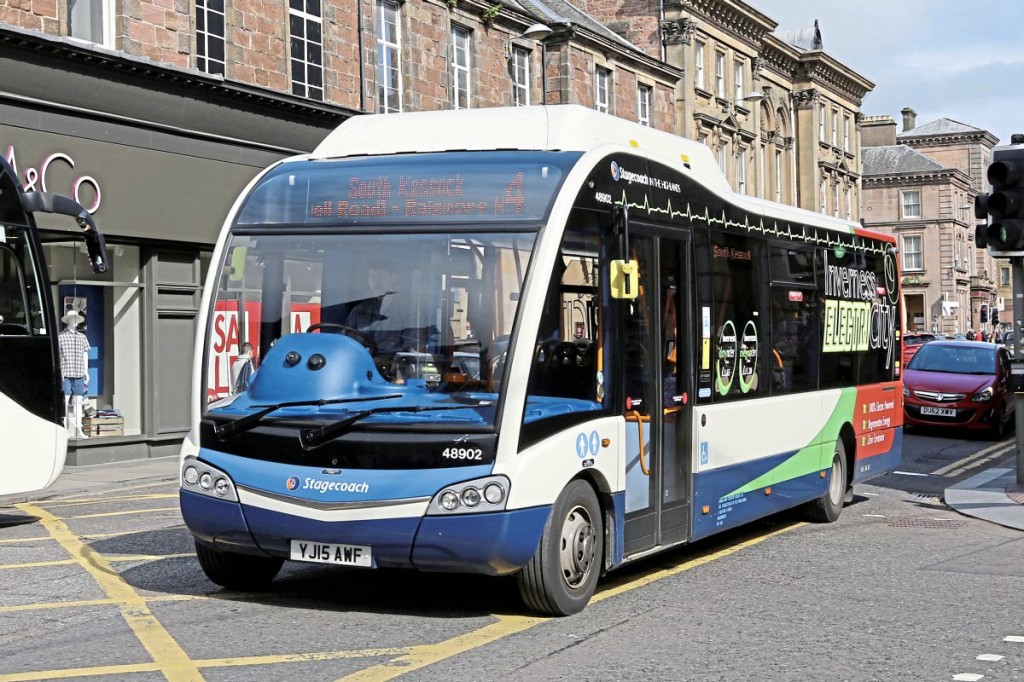
Optare have supplied five extended range Solo EVs for operation on Stagecoach city routes in Inverness
With a high level of clean electric generation from renewables, Scotland was seen as an ideal location for electric bus operation. The company would soon be offering lightweight vehicles with a 200km daily range and no impact on carrying capacity, sufficient to meet most operational requirements in the country. Charging all of these overnight would only take up around 10% of the surplus electricity which the renewable systems can produce overnight.
Gavin Booth
Director for Scotland, Bus Users, Gavin Booth considered that ‘life for the bus passenger has been made much easier with digital technology already,’ however there were still elements of the population who didn’t want to sit at a computer to source information and needed the paper version. He praised Traveline Scotland for making information easier to find and use, particularly fares which some organisations previously saw as a closely guarded secret!
Gavin made a number of pleas in support of the bus user including not moving into totally cashless transactions, sharing of information on board regarding delays and making sure that the stop names on the very welcome AV systems were relevant and meant something to passengers.
Dr. George Hazel OBE
In the even’s concluding presentation, Programme Manager, MaaS Scotland, Dr. George Hazel OBE presented an overview of MaaS and its development potential in Scotland. MaaS was personal, not modal tied and encompassed not only public transport. It was tailored to lifestyle needs, not transport needs and was basically an IS model not a transport model.
In the MaaS value chain, system providers and integrators ‘owned the customer.’ There was considerable debate as to who these owners would be, would car manufacturers who are facing a peak in car ownership by 2020 or current disruptive technology suppliers take the lead? Already it has been shown that companies enjoying success in a small part of the MaaS chain are ready targets for takeover by larger organisations.
In the following question and answer session, the issue of non-participation of the ‘disrupters’ was raised and Prof. David Begg advised that he was looking to include them in the next UK Bus Summit. Concluding the event, he praised Transport Scotland for being accessible and encouraging a collegiate approach to developing the major networks in Scotland.
